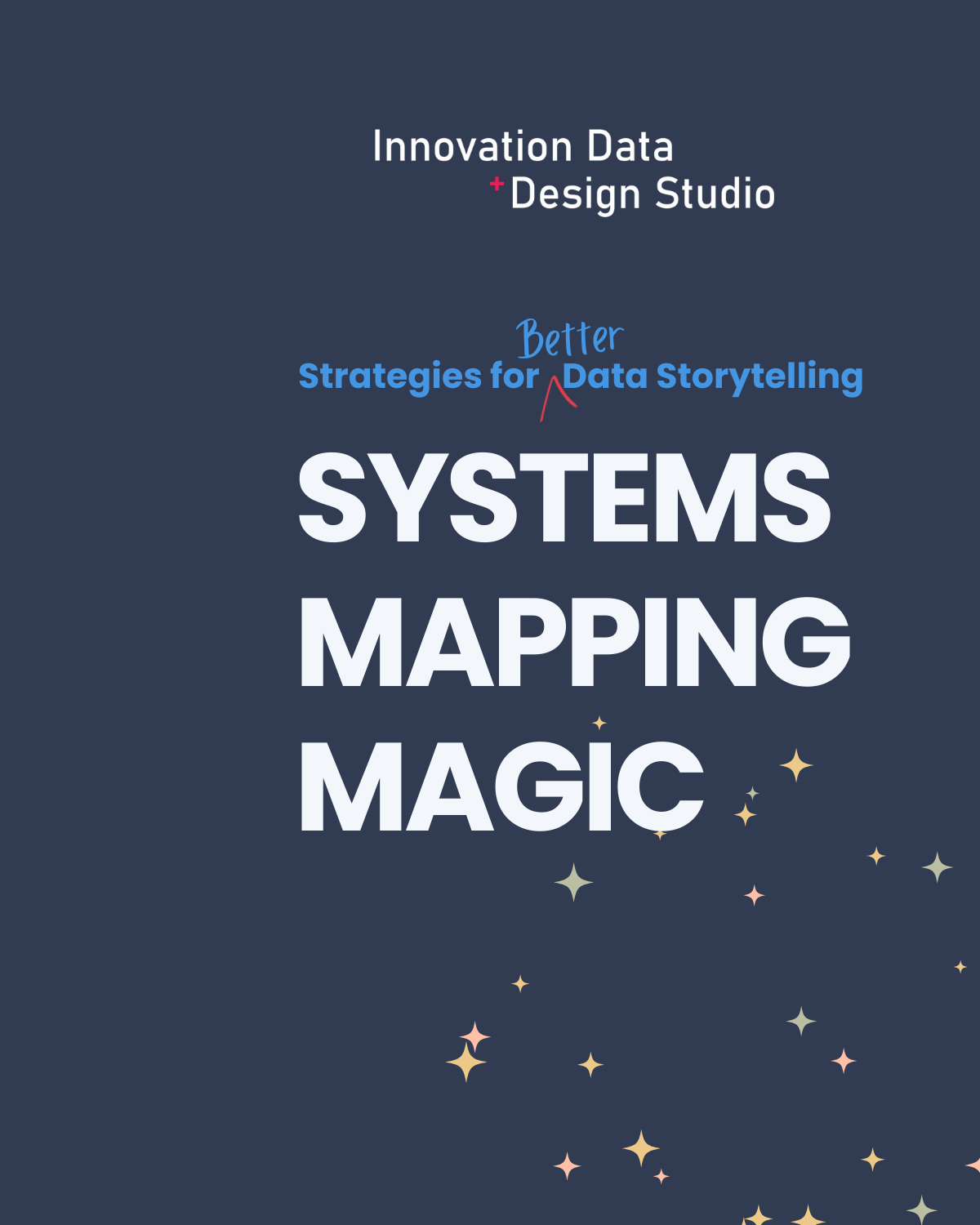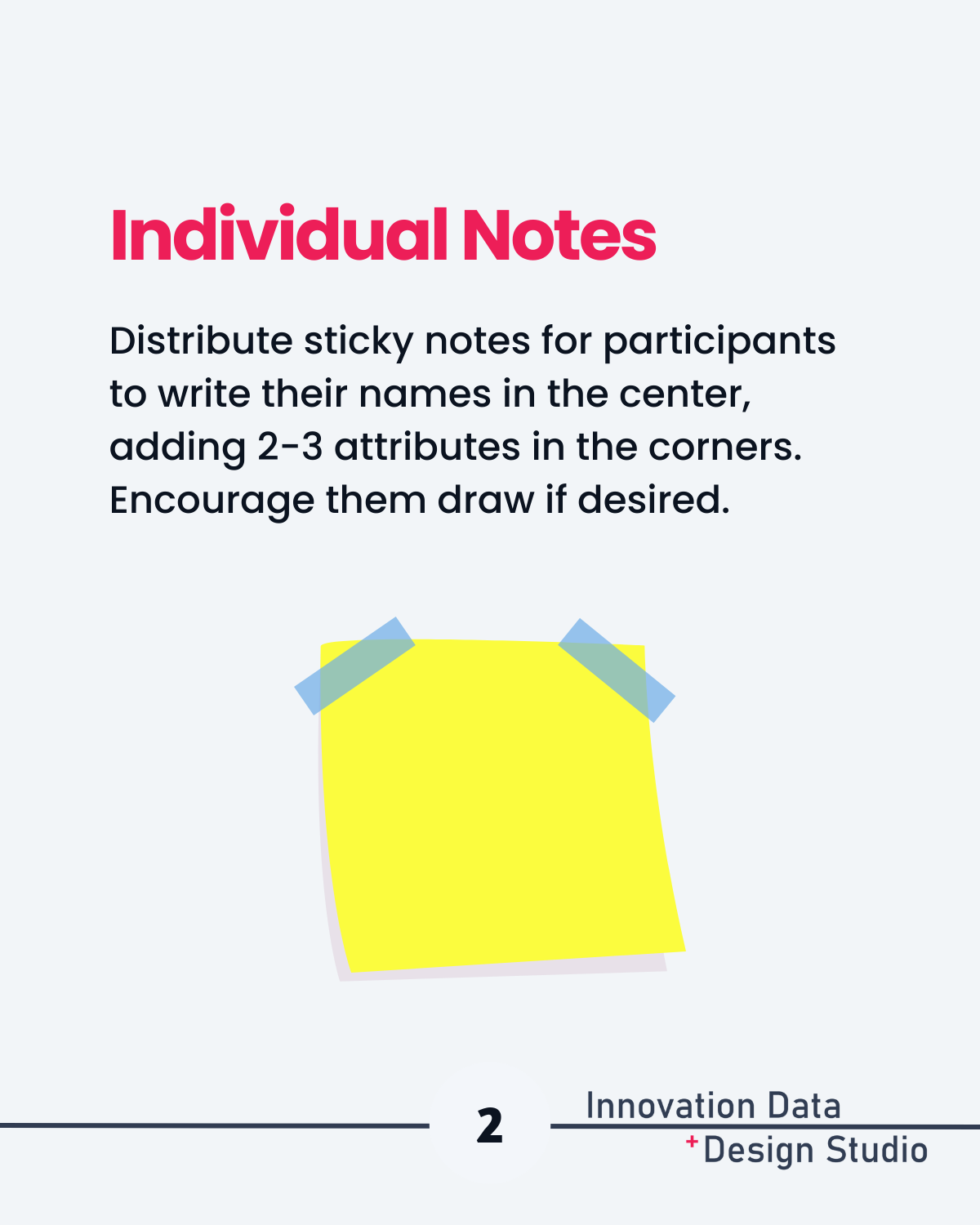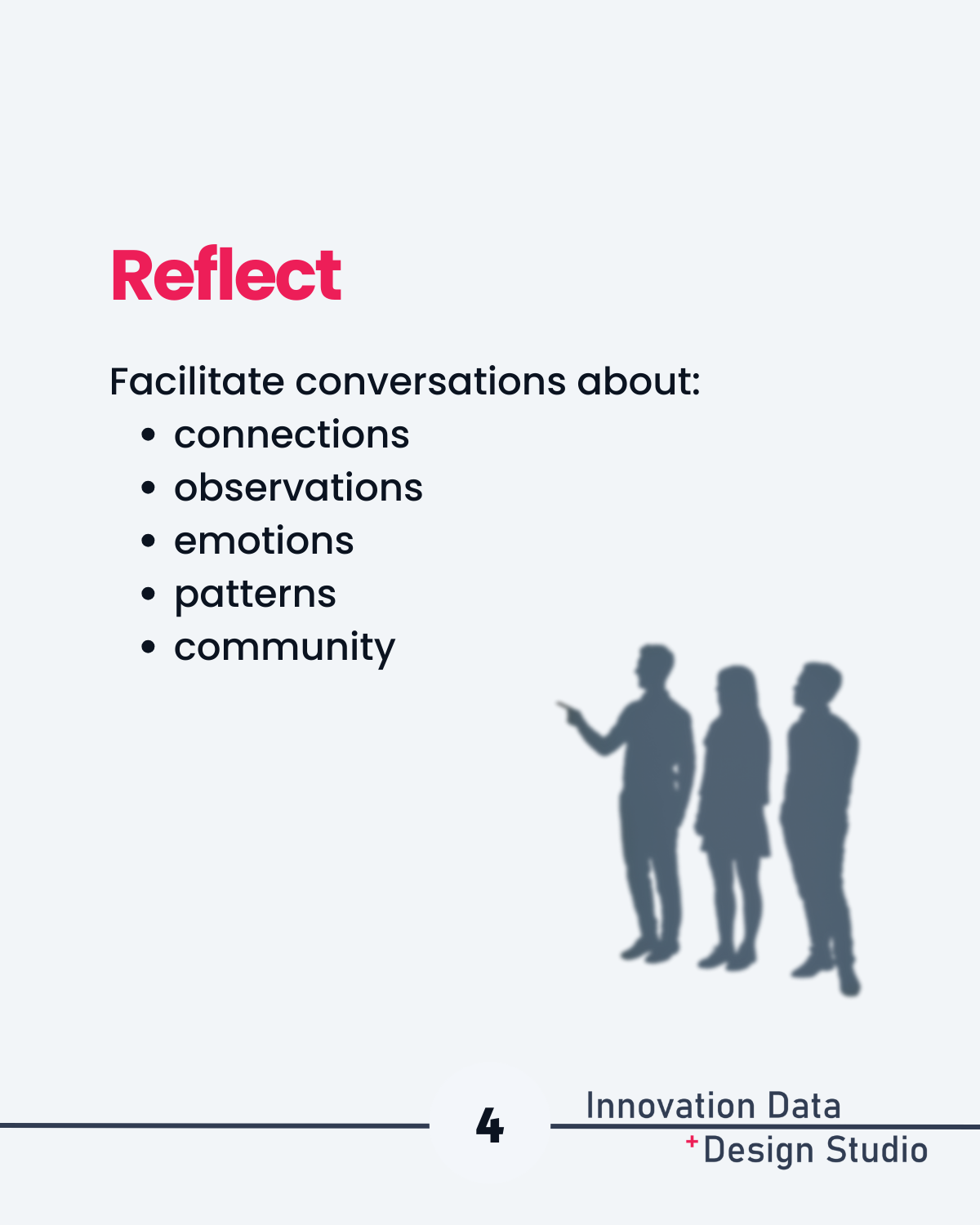Discovering Bonds: Systems Mapping Magic
My clients often navigate complex strategies, programs, and environments, but the core of any successful project is the human connection. That's why I highly value systems mapping as an ice-breaker. I was first introduced to this exercise in a Systems Thinking workshop by Dr. Jan Noga and Dr. Mary McEathron.
It’s a simple icebreaker that also introduces advanced concepts in complexity, systems thinking, and community data.
Here's how it works: participants jot down their names and some fun or professional tidbits on a post-it, then draw lines connecting themselves to others based on shared interests, experiences, or insights. And in this simple exercise, magic happens.






Here’s why this activity is so impactful.
1. A Visual Tapestry of Relationships
At a glance, the system map tells a story. It showcases who people are, who shares common values, who has similar passions, or even who loves the same kind of coffee. This instant visual representation breaks the first barrier, making the room less about strangers and more about potential collaborators and friends.
2. Active Participation
Unlike passive introductions, systems mapping requires everyone to get up, move around, and interact. This physical activity, combined with the mental engagement of finding connections, ensures everyone is alert, involved, and invested from the start.
3. Uncovering Hidden Connections
Every time I've used this ice breaker, there have been delightful surprises. Someone discovers a colleague they've worked with for years shares their passion for hiking. Another finds out they run at the same park as a new team member but never crossed paths. These shared pieces of information become conversation starters, making subsequent interactions smoother and more genuine.
4. Establishing Equal Footing
In traditional introductions, senior leaders or extroverted personalities might take up moe space and attention. With systems mapping, everyone has an equal space – a post-it. Everyone gets to share, connect, and be part of the collective web of relationships.
5. Setting the Tone for Collaborative Learning
Once personal connections are established, professional collaboration becomes easier. The system map, with its interconnected lines, serves as a reminder that everyone has a connection and a place. It makes visible the idea of a community and the potential these relationships offer.
6. Adaptable and Evolving
What I love most about this ice breaker is its adaptability. The criteria for connections can be tweaked based on the nature of the workshop or session. Today it might be personal hobbies, tomorrow it might be professional skills or experiences. And as sessions progress, new post-its and connections can be added, making the map an evolving representation of the group's dynamics.
In a world overflowing with digital interactions, the physical experience of writing on post-its, drawing lines, and seeing a tangible representation of relationships is refreshingly authentic.
This exercise reminds us that at the heart of every project, workshop, or strategy—it's the human connections that drive success.
So the next time you find yourself in a room full of familiar faces or complete strangers, consider introducing systems mapping. You might discover that it creates a foundation for a more cohesive and enjoyable collaboration.


